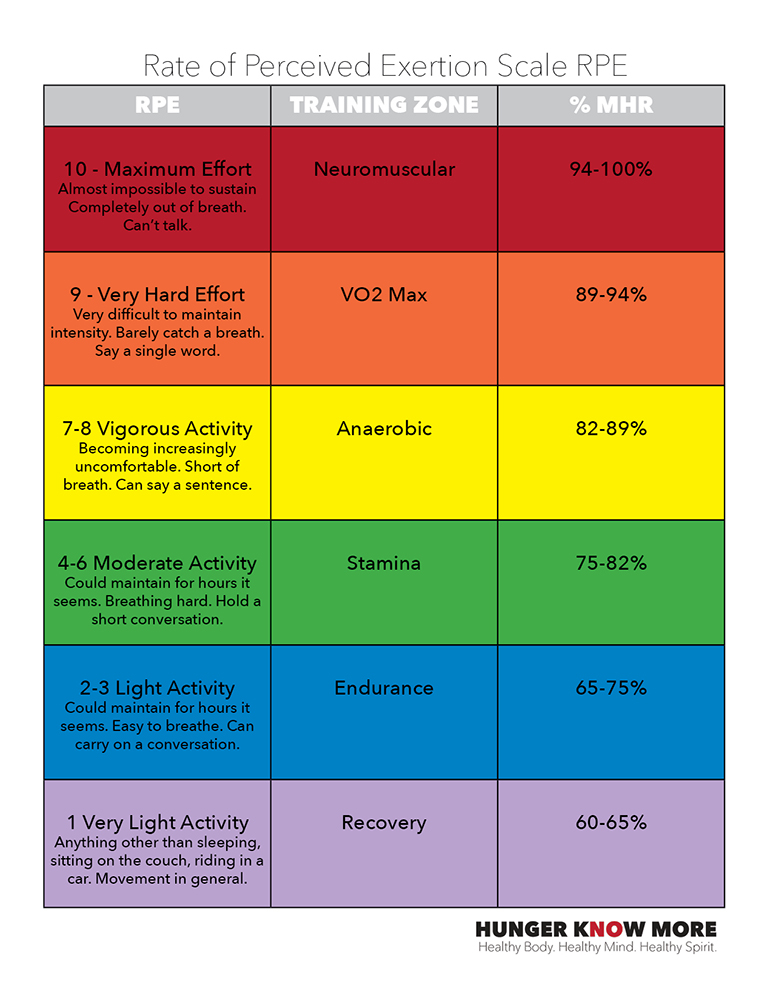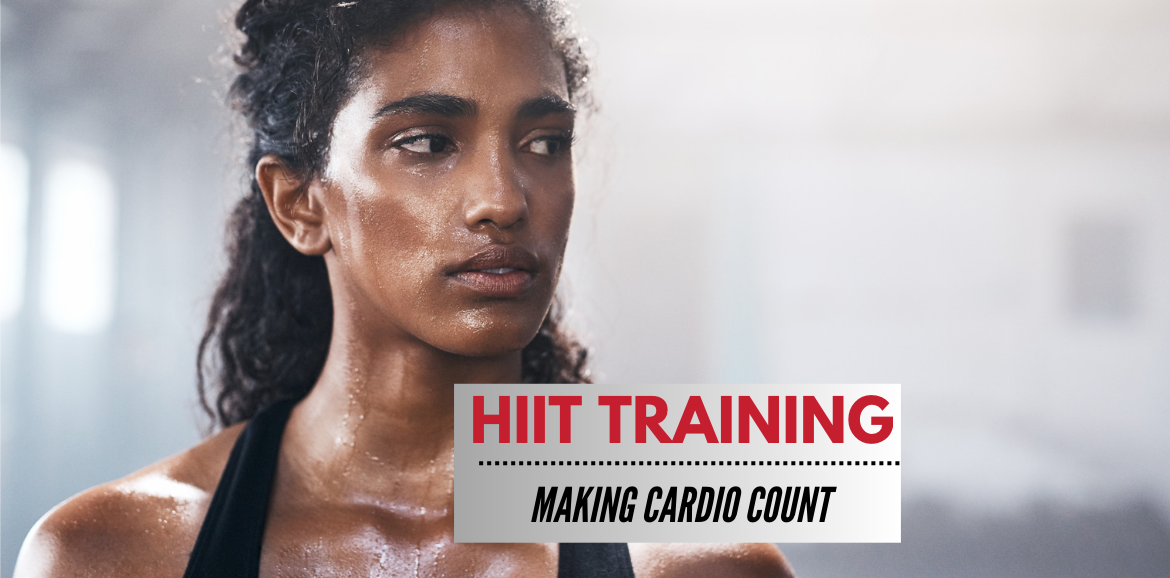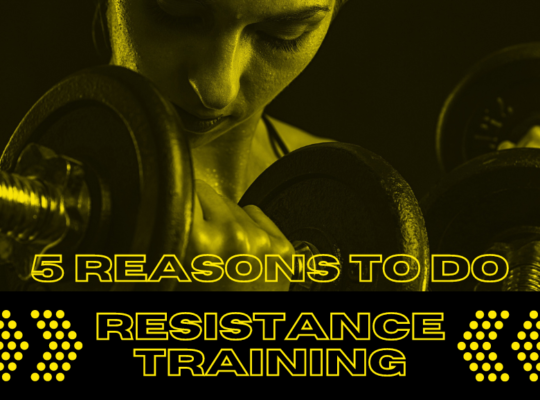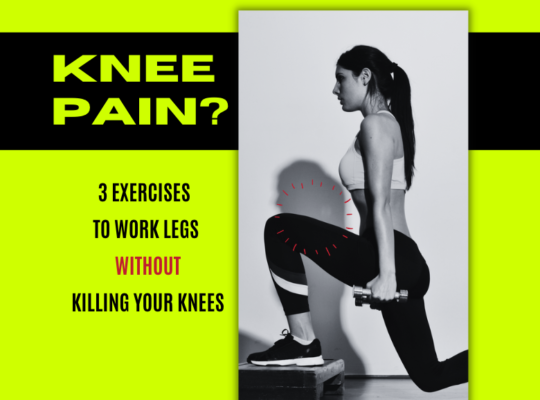What Does HIIT Mean?
HIIT stands for High-Intensity Interval Training. HIIT is a type of aerobic conditioning workout. It is an all-out hard effort for a short period of time, usually between 10-75 seconds, followed by a recovery or rest period of equal time. Generally, this is a 1:1 ratio of intense effort to recovery, but recovery length can vary with an individual’s fitness level. It is not equipment-specific. The key is intensity.

Benefits of HIIT Training
Improves Heart Health
Because HIIT is short bursts of maximum effort followed by a recovery period, it can stretch your maximum heart rate level and lower your resting heart rate. You are exercising your heart muscle in an efficient way, which improves your overall circulation. Strengthening your heart muscle through HIIT training can reduce your risk of heart disease.
Increases VO2 Max
VO2 Max is the maximum oxygen your body can use at any given time. A VO2 max number represents your level of cardiovascular endurance and, therefore, your general fitness level. VO2 max is also an important marker of heart health as it tells you how much oxygen your heart is pumping and how much of that oxygen can be used by the body under physical stress like exercise.
Saves Time
Studies have shown that you can get a greater calorie burn in a shorter amount of time using HIIT Training methods. In general, you can get the same calorie burn in 10 minutes of a HIIT workout that you would get in 30 minutes of steady-state cardio. This time does differ depending on your level of fitness and the amount of effort you are expending on each high-intensity period.
Reduces Insulin Resistance
Insulin resistance is the body’s inability to respond to insulin, the hormone that controls glucose levels in the body. Insulin resistance is one of the first warning signs of diabetes. Studies have shown that HIIT training significantly lowers insulin resistance more than continuous moderate exercise.
Effective for Losing Body Fat
As already stated, you can get a greater calorie burn in a short time and reduce insulin resistance through HIIT training. These two elements together pack a punch for maximizing fat loss, particularly in those who are overweight or obese.
Can Improve Blood Pressure
According to this 2010 study, both hypertension (high blood pressure) and PWV (plus wave velocity), which measures the stiffness of an artery, were both improved in women with HIIT exercise. This later 2017 study also showed that obese or overweight people tend to benefit more from this blood pressure reduction than those with a normal BMI.

How to Get Started with HIIT
The great thing about HIIT training is that it can be done practically anywhere. There are ways to do a HIIT workout with just body weight or you can use a piece of cardio equipment.
Bodyweight HIIT workouts
Generally, these are done using bodyweight exercises such as:
- Pushups
- Burpees
- Jumping Jacks
- Squats
- Running
Cardio Equipment HIIT Workouts
These types of workouts are usually done on:
- Stationary or spin bikes
- Treadmills
- Elliptical Machines
- Rowing Machines
Remember, the definition of HIIT is an all-out effort for a specific time followed by a recovery. a 1:1 effort usually is the norm.
For example, you could do as many burpees as possible in 30 seconds, followed by a rest or recovery period of 30 seconds. Repeat that circuit 5 times and take a 2-minute recovery. Then do another 5-minute circuit, using the burpees again or picking something else like pushups. It works the same way for using cardio equipment The key is all-out intensity in the effort. Also, remember to warm up before the workout and cool down after.
How Do I Know if I’m Being Intense Enough?
Wear a Heart Monitor
You should be at 80-95% of your maximum heart rate during the effort. To calculate your maximum heart rate, subtract your age from 220. A heart monitor will help keep you on track. If you are going too close to your target heart rate, slow down but don’t just abruptly stop.
Rate of Perceived Exertion (RPE)
If you don’t have a heart monitor, that’s ok. Another way to judge your intensity is by judging your Rate of Perceived Exertion or RPE. This is your perception of how hard you are working. The chart below is a rough guide.





